Alocasia odora K.Koch / A. macrorrhizos G.Don
AraceaeLas grandes hojas de las orejas de elefante son características de los lluviosos bosques de Asia tropical. Guarda similitudes con la colocasia, planta más cercana al ámbito europeo, por pertenecer ambas a la misma familia de las aráceas. Aráceas como la colocasia no eran desconocidas en época clásica. Cerca de Sevilla, en el municipio de Santiponce, se extienden las ruinas de la ciudad de Itálica. Lugar de nacimiento de dos emperadores de la antigua Roma, Trajano y Adriano, los restos arqueológicos allí descubiertos demuestran que la riqueza material, el lujo, fue característica de la vida de sus habitantes. En este sentido resultan espectaculares sus mosaicos, muy bien conservados. También las esculturas encontradas en las excavaciones arqueológicas, algunas de ellas piezas clave de toda la estatuaria clásica realizada en la Península Ibérica. Una de ellas, actualmente en el Museo Arqueológico de Sevilla, representa a la diosa del amor, Venus. Según la mitología, Venus, llamada Afrodita por los griegos, nació de la espuma del mar, y este es el momento que representa esta escultura conocida como Venus de Itálica, el instante en el que la divinidad sale desnuda de las aguas marinas. Acompañan a la figura de la diosa un par de elementos que aluden a su origen líquido: por un lado un delfín y, por otro, una hoja de una planta acuática; durante mucho tiempo se pensó que era un hoja de loto, si bien finalmente se ha observado que efectivamente es una hoja de colocasia, usada por la divinidad posiblemente como abanico una vez llegara a la playa. La presencia de esta sencilla hoja, poco frecuente en la iconografía asociada a Venus, hace de esta escultura de Itálica una obra totalmente original dentro de la producción escultórica romana.
Procedencia
Oriental/AsiáticoCalendario
Hábitat
Morfología
 Planta
Planta
 Abanico
Abanico
 Simple
Simple
 Ovada
Ovada
 Otras disposiciones
Otras disposiciones
 Dentado
Dentado
 Entero
Entero
 Auriculada
Auriculada
 Cordada
Cordada
 Agudo
Agudo
 Perenne
Perenne
